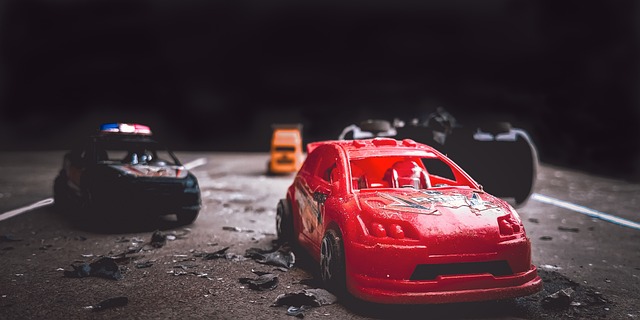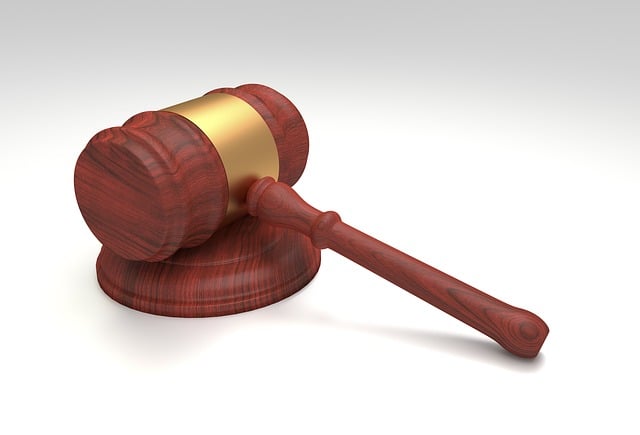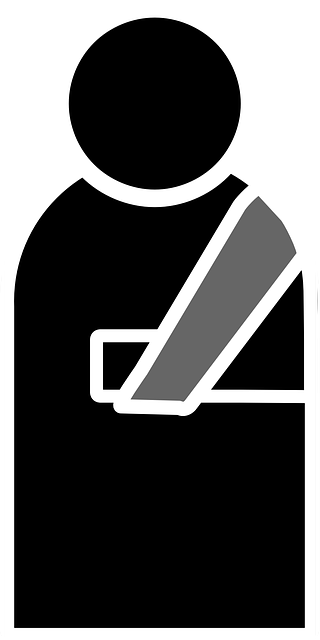Motorcycle accidents can cause road rash, a friction burn with varying severity based on impact factors. Immediate medical attention is crucial for proper treatment of road rash and burns, which range from first to third degree. Legal guidance from personal injury attorneys helps victims navigate property damage claims and secure compensation for injuries, including scarring from both road rash and burns.
In the event of a motorcycle accident, understanding the distinct injuries sustained is crucial for effective treatment and recovery. This article delves into two common yet contrasting types of trauma: road rash and burns. Road rash, often characterized by severe skin abrasions, arises from friction with the road surface. Conversely, burn injuries result from intense heat exposure. We explore the causes, characteristics, and degrees of severity for each, comparing their impact on recovery and scarring to empower riders with knowledge about these motorcycle accident-related conditions.
- Understanding Road Rash: Causes and Characteristics
- Burn Injuries from Motorcycle Accidents: Degrees and Treatment
- Comparison: Road Rash vs Burns in Term of Recovery and Scarring
Understanding Road Rash: Causes and Characteristics

Road rash, a term often associated with motorcycle accidents, refers to a type of skin injury characterized by severe friction burn and abrasions. It occurs when a rider is thrown from or slides along the road surface during an accident. The intensity of road rash varies depending on factors like speed, duration of contact with the road, and protective gear worn. Often, victims experience not just skin damage but also serious injuries such as broken bones and internal trauma.
In a motorcycle accident, road rash can range from superficial abrasions to deep, severe lacerations. It’s crucial for riders involved in such accidents to seek immediate medical attention. A personal injury attorney can guide them through the process of property damage claims and ensure they receive compensation for their serious injuries and the pain and suffering associated with road rash.
Burn Injuries from Motorcycle Accidents: Degrees and Treatment
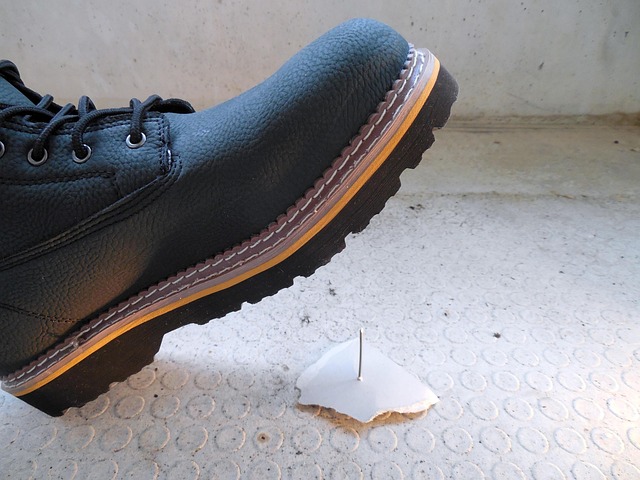
Burn injuries resulting from motorcycle accidents can range from minor to severe, depending on various factors including the intensity of impact and exposure to flames or heat sources. Understanding the degrees of burns is crucial for effective treatment and recovery management. First-degree burns affect only the outer layer of skin and cause redness, swelling, and pain. They typically heal within a week without scarring. Second-degree burns penetrate deeper, causing blistering, severe pain, and potential scarring. Third-degree burns are the most severe, destroying all layers of skin and damaging underlying tissues. These often require surgical intervention and prolonged recovery periods.
In severe motorcycle accidents, individuals may experience combined injuries, including road rash and burns. Road rash refers to friction burns caused by contact with the road surface during a fall or slide. While it might not seem as serious as burns from flames, road rash can still cause significant skin damage, leading to pain, scarring, and potential infection if left untreated. When dealing with these injuries, consulting with experienced professionals such as a truck accident attorney or car accident attorney is advisable for guidance on legal options and accessing quality medical care, ensuring the best possible outcomes for recovery from both burn injuries and road rash.
Comparison: Road Rash vs Burns in Term of Recovery and Scarring
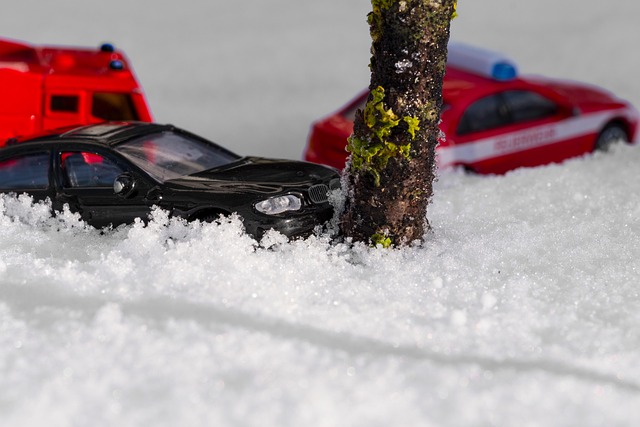
In a motorcycle accident, the differences between road rash and burns extend beyond immediate pain and discomfort. Recovery from motorcycle accident road rash typically involves several weeks or months of healing time, during which the skin gradually regenerates. Scarring is common, though its severity varies; shallow rashes may leave minimal markings, while deeper injuries can result in noticeable scars that may require additional treatment to minimize their appearance.
On the other hand, burns present a more complex picture. The recovery period for burn victims can be significantly longer and more involved, often lasting months or even years. Depending on the severity of the burn—from first-degree to deep partial-thickness—scarring is almost inevitable. Severe burns may require skin grafting, plastic surgery, or other extensive medical procedures to address not only physical healing but also psychological impacts related to disfigurement. Unlike road rash, which primarily affects the top layers of the skin, burns penetrate deeper into the dermis and sometimes even the subcutaneous tissue, leading to longer-lasting and more visible scarring.
Motorcycle accidents can cause significant injuries, with road rash and burns being two distinct yet common outcomes. Understanding the key differences between these conditions is crucial for victims navigating their recovery process. Road rash, characterized by skin abrasions, typically heals within weeks but may leave noticeable scarring. In contrast, burn injuries vary in severity and require specialized treatment, often leading to longer recovery times and potential long-term effects. Recognizing these distinctions enables motorcycle accident survivors to make informed decisions regarding medical care and aesthetic considerations for managing scars.

